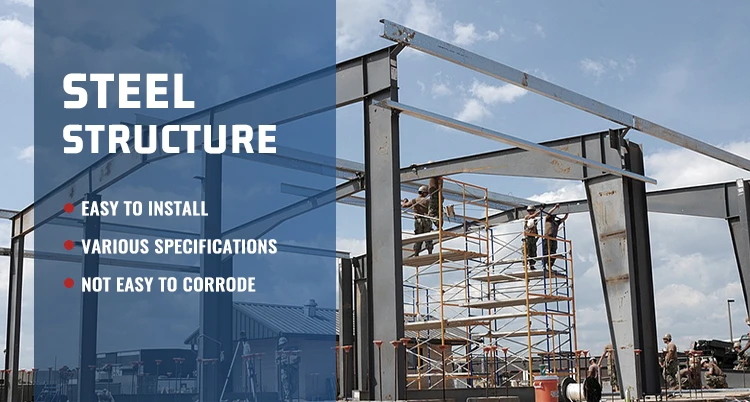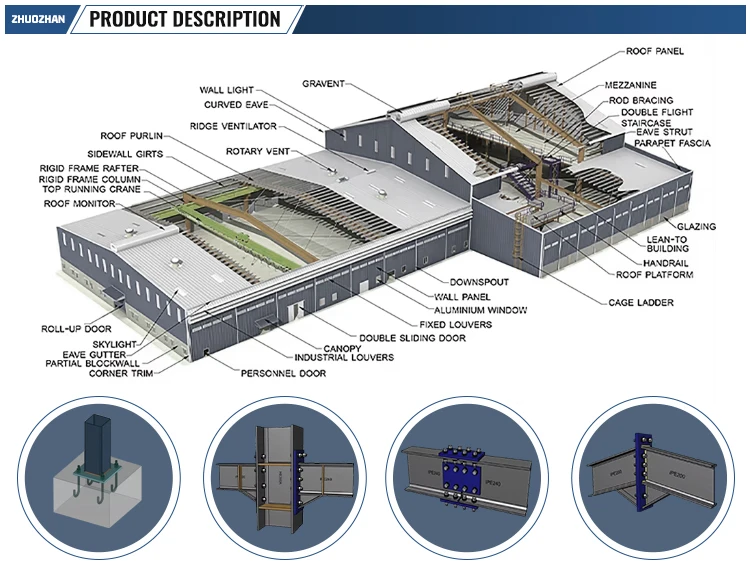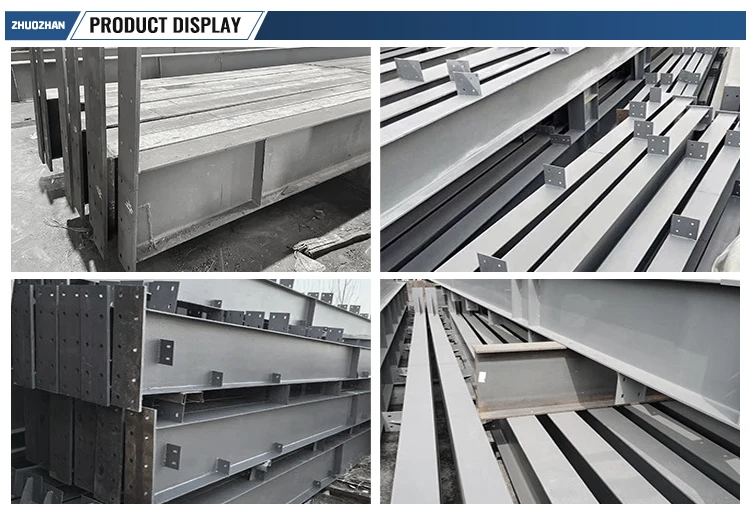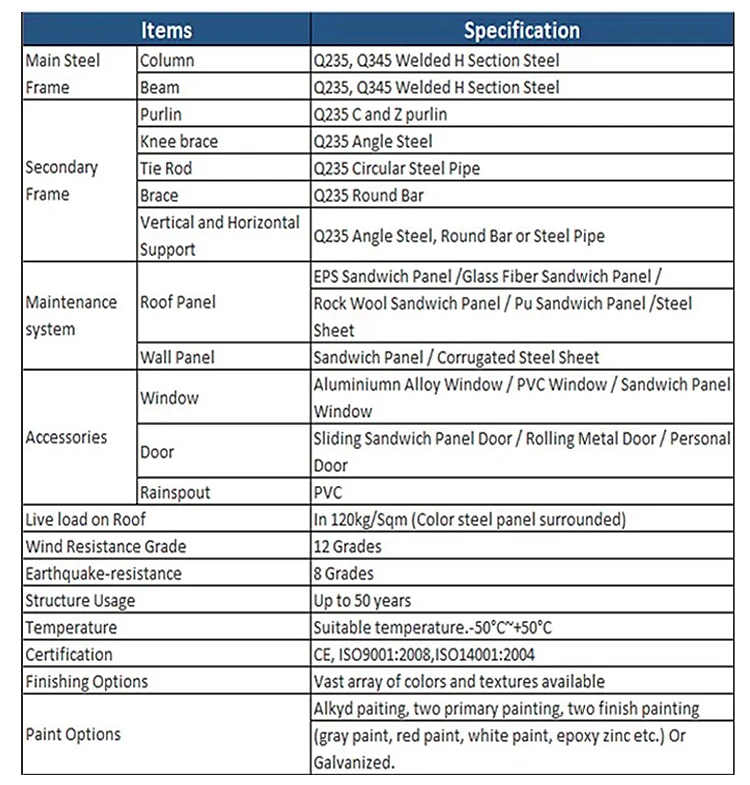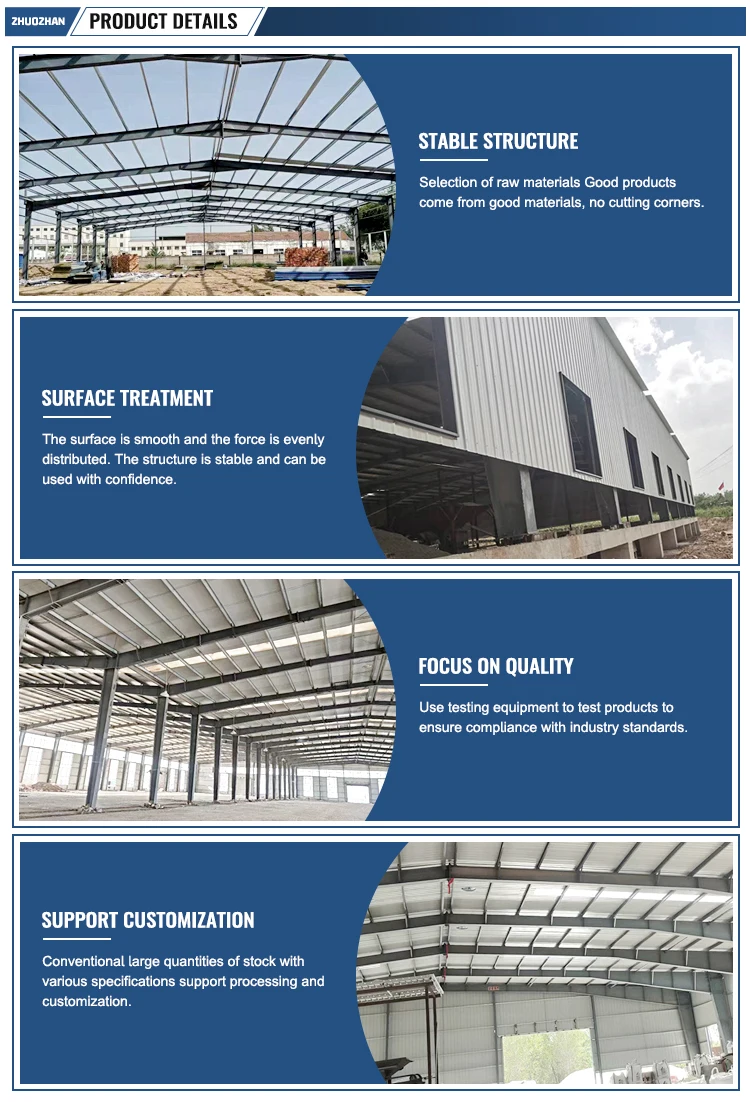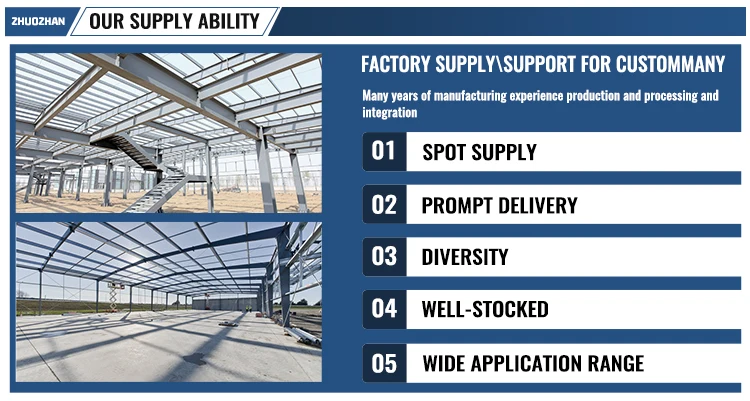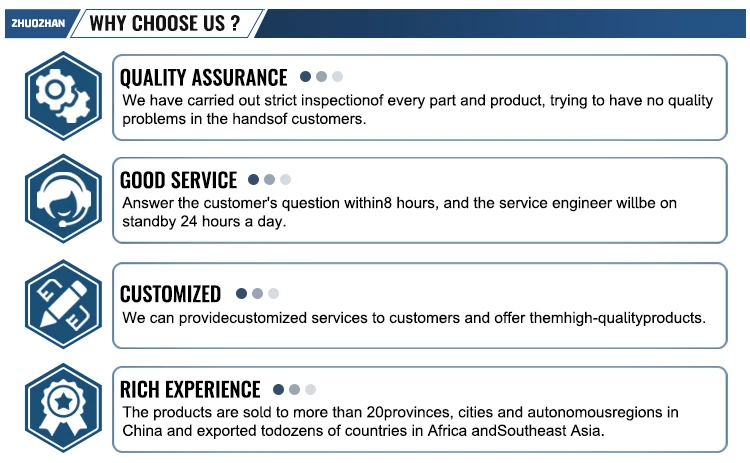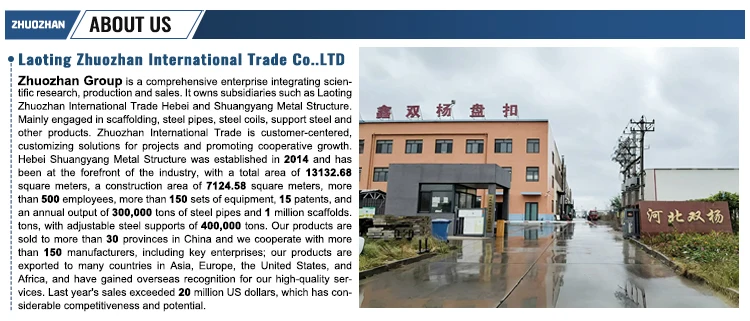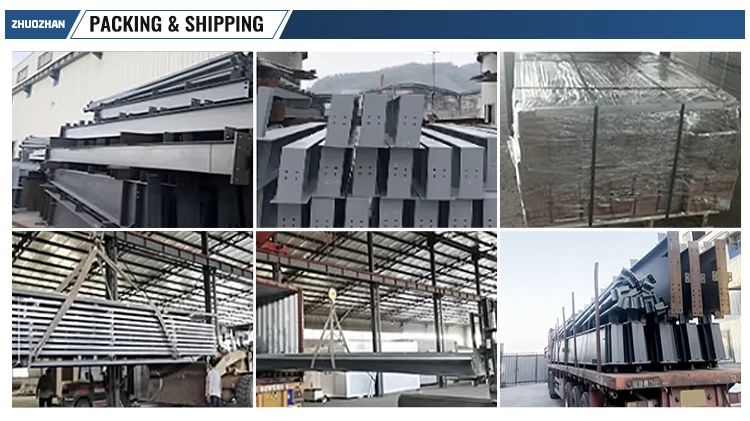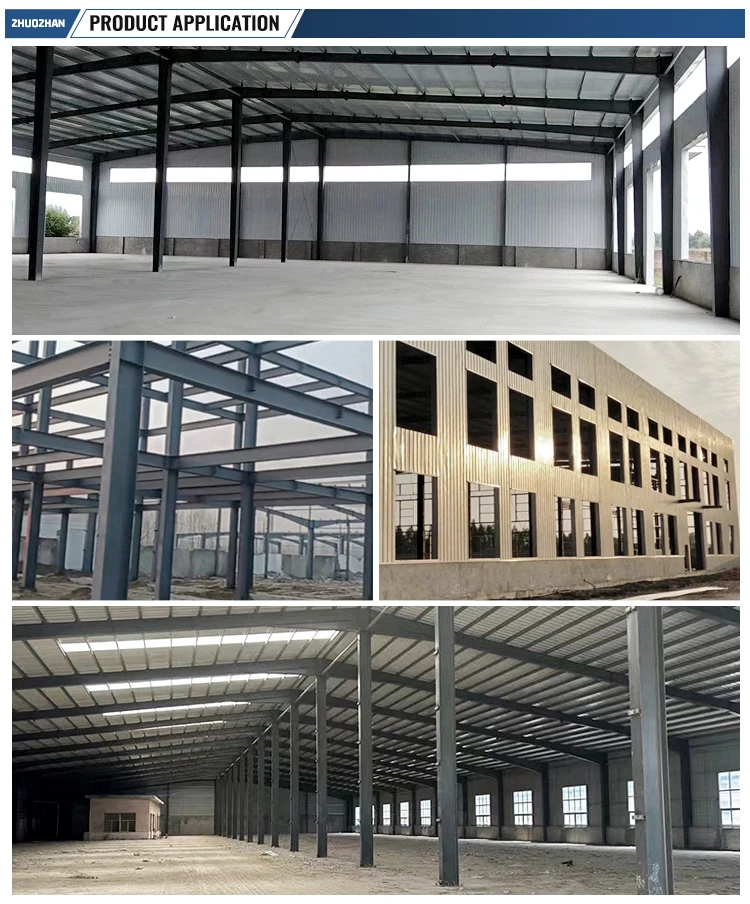1. What types of steel structures are there?
Frame structures: Made of steel columns and beams, used for large factories, shopping malls, etc.
Space structures: A space frame formed by connecting rods through joints, suitable for large-span buildings.
Truss structures: Frameworks made of straight members connected in triangular or other shapes, commonly used in roof
structures.
Bridge structures: Steel structures specifically used for constructing highways, railway bridges, and similar infrastructure.2. What is the lifespan of a steel structure?The typical lifespan of a steel structure ranges from 30 to 50 years, depending on the design, construction quality, environmental conditions, and maintenance practices. Proper corrosion protection and regular maintenance can significantly extend its service life.3.How is the seismic performance of steel structures?Steel structures generally have excellent seismic performance. Steel’s elasticity allows it to absorb energy during an earthquake, reducing the risk of structural failure. Furthermore, the flexible connections in steel structures help them adapt to the deformations caused by seismic forces. Proper seismic design can enhance the earthquake resistance of steel structures.4. What are the key considerations during the construction of steel structures?Design rationality: Steel structure designs must ensure safety, durability, and functionality.Material selection: Steel must meet the required standards to ensure its performance aligns with design specifications.
Welding and connections: The welding techniques and connection designs must meet strength requirements to prevent structural failure.Corrosion protection: Steel structures should be treated with anti-corrosion coatings to extend their lifespan.Quality control: Rigorous quality checks must be carried out during construction to ensure every part complies with design specifications.
5. What are the advantages of steel structures?
High strength and lightweight: Steel has high strength and low weight, making it ideal for heavy loads and large spans.Fast
construction: Steel components are prefabricated in factories, making on-site assembly quicker and reducing construction time.
Sustainability: Steel has a high recycling value, making it an environmentally friendly choice for green buildings.Good seismic
performance: Steel structures have excellent elasticity and can absorb seismic energy effectively.Design flexibility: Steel can be cut, welded, and assembled into various shapes, allowing for complex designs.















